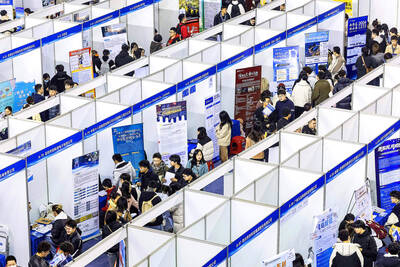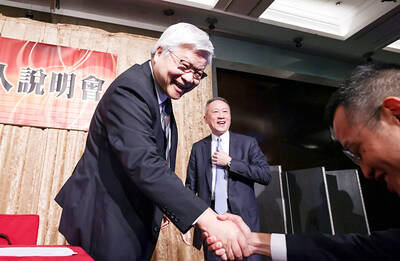New Zealand’s sovereign credit rating has been raised by Standard & Poor’s Global Ratings (S&P), making it the first developed nation with investment-grade debt to get an upgrade since the outbreak of the COVID-19 pandemic.
S&P yesterday lifted its foreign currency rating to “AA+” from “AA” and its local currency rating to “AAA” from “AA+,” citing New Zealand’s faster-than-expected economic recovery.
The outlook is stable, S&P said in a statement.
“New Zealand is recovering quicker than most advanced economies after the COVID-19 pandemic and subsequent government lockdown delivered a severe economic and fiscal shock to the country,” S&P said. “While downside risks persist, such as another outbreak, we expect New Zealand’s fiscal indicators to recover during the next few years.”
The nation enjoyed a V-shaped recovery from a first-half recession after New Zealand Prime Minister Jacinda Ardern’s aggressive elimination strategy allowed a lifting of restrictions and resumption of economic activity.
Massive fiscal and monetary stimulus also helped GDP return to pre-COVID levels in the third quarter of last year.
The government expects net debt to peak at 52.6 percent of GDP in 2023 and fall to about 37 percent by 2035.
“Reflecting substantial fiscal support, New Zealand’s net general government debt is much higher than in the past, but remains lower than most of its peers,” S&P said. “We believe that New Zealand’s relatively better management of the pandemic means that its credit metrics are in a good position to weather potential deteriorations associated with further negative pressures, including from a possible weakening of the real estate market, at its current rating level.”
S&P downgraded the sovereign rating to “AA” in September 2011, and has had it on a positive outlook since January 2019.

Stephen Garrett, a 27-year-old graduate student, always thought he would study in China, but first the country’s restrictive COVID-19 policies made it nearly impossible and now he has other concerns. The cost is one deterrent, but Garrett is more worried about restrictions on academic freedom and the personal risk of being stranded in China. He is not alone. Only about 700 American students are studying at Chinese universities, down from a peak of nearly 25,000 a decade ago, while there are nearly 300,000 Chinese students at US schools. Some young Americans are discouraged from investing their time in China by what they see

MAJOR DROP: CEO Tim Cook, who is visiting Hanoi, pledged the firm was committed to Vietnam after its smartphone shipments declined 9.6% annually in the first quarter Apple Inc yesterday said it would increase spending on suppliers in Vietnam, a key production hub, as CEO Tim Cook arrived in the country for a two-day visit. The iPhone maker announced the news in a statement on its Web site, but gave no details of how much it would spend or where the money would go. Cook is expected to meet programmers, content creators and students during his visit, online newspaper VnExpress reported. The visit comes as US President Joe Biden’s administration seeks to ramp up Vietnam’s role in the global tech supply chain to reduce the US’ dependence on China. Images on

New apartments in Taiwan’s major cities are getting smaller, while old apartments are increasingly occupied by older people, many of whom live alone, government data showed. The phenomenon has to do with sharpening unaffordable property prices and an aging population, property brokers said. Apartments with one bedroom that are two years old or older have gained a noticeable presence in the nation’s six special municipalities as well as Hsinchu county and city in the past five years, Evertrust Rehouse Co (永慶房產集團) found, citing data from the government’s real-price transaction platform. In Taipei, apartments with one bedroom accounted for 19 percent of deals last

US CONSCULTANT: The US Department of Commerce’s Ursula Burns is a rarely seen US government consultant to be put forward to sit on the board, nominated as an independent director Taiwan Semiconductor Manufacturing Co (TSMC, 台積電), the world’s largest contract chipmaker, yesterday nominated 10 candidates for its new board of directors, including Ursula Burns from the US Department of Commerce. It is rare that TSMC has nominated a US government consultant to sit on its board. Burns was nominated as one of seven independent directors. She is vice chair of the department’s Advisory Council on Supply Chain Competitiveness. Burns is to stand for election at TSMC’s annual shareholders’ meeting on June 4 along with the rest of the candidates. TSMC chairman Mark Liu (劉德音) was not on the list after in December last